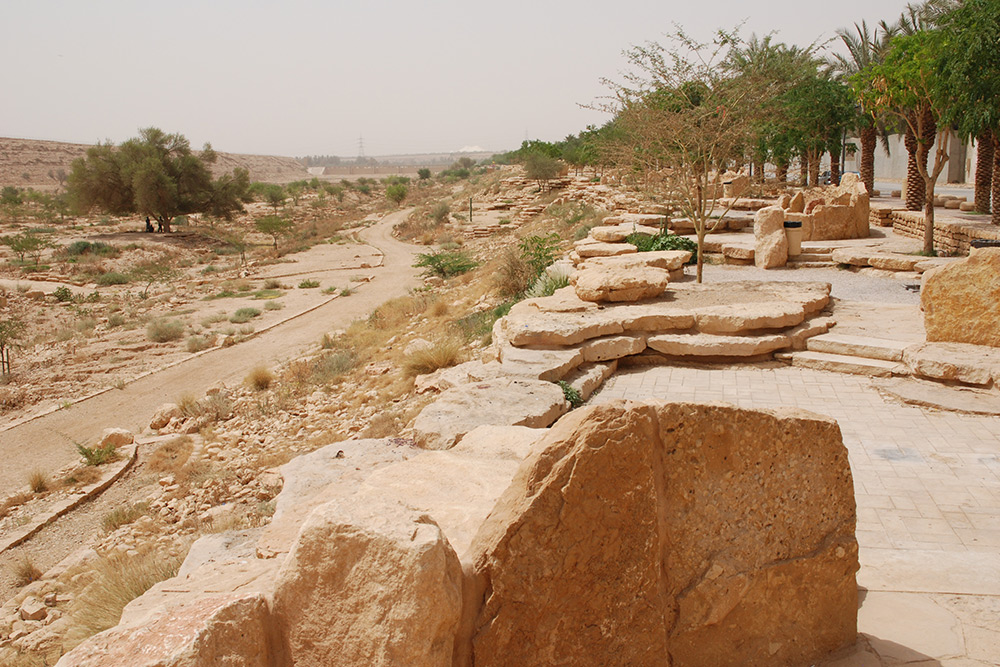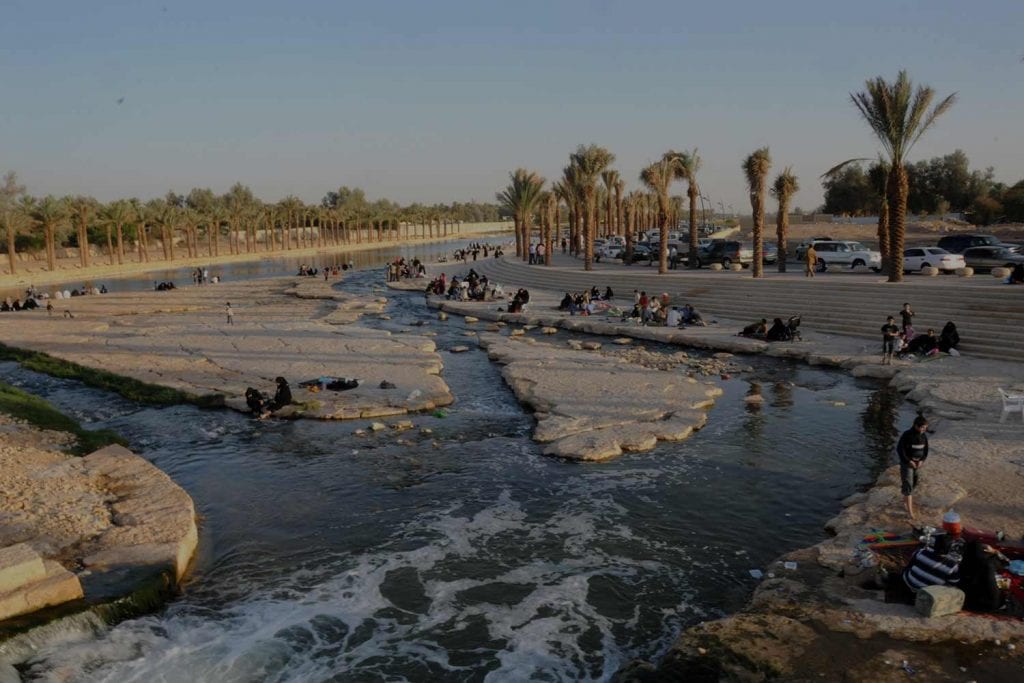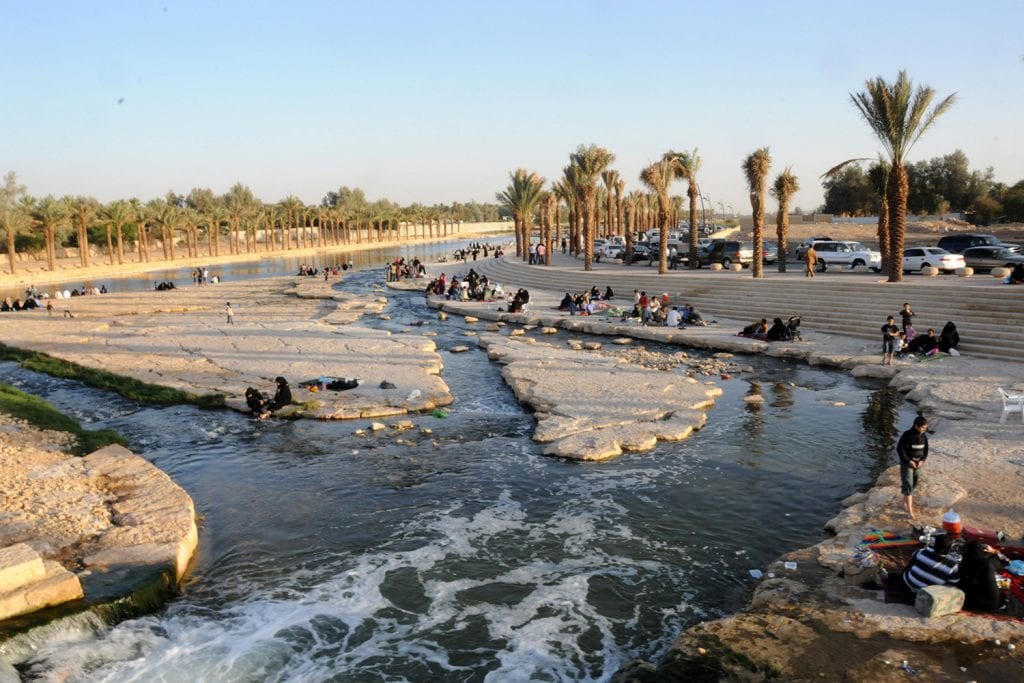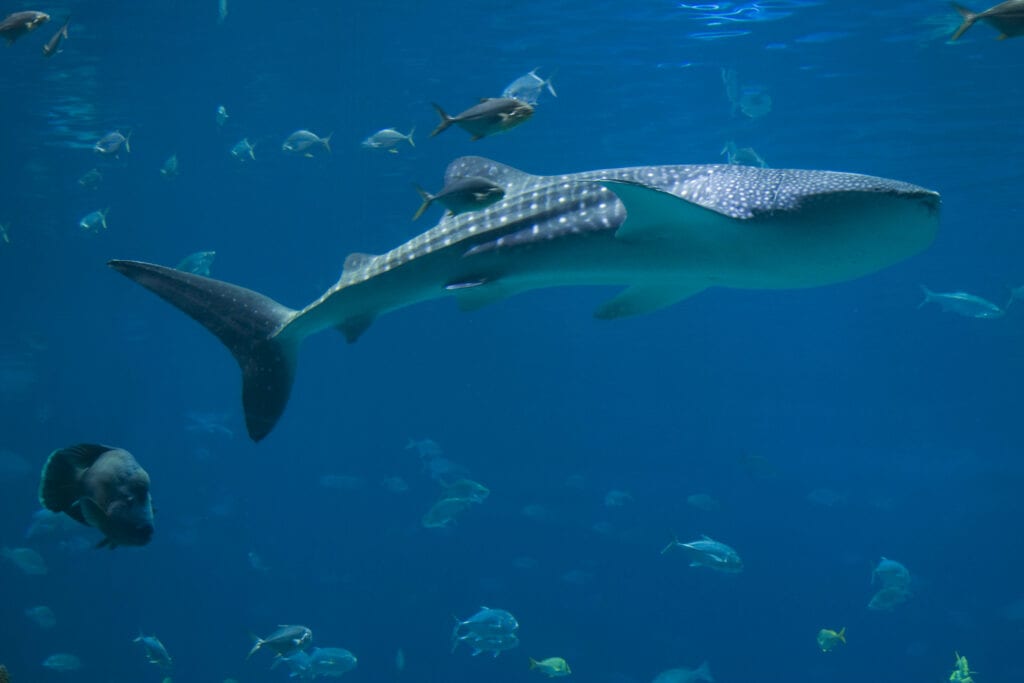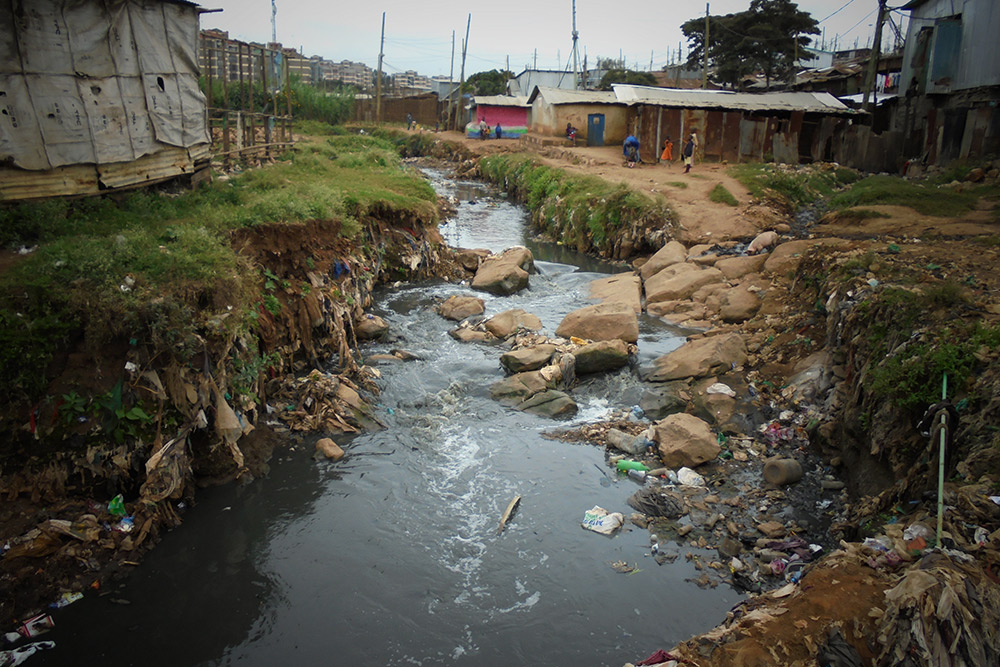Closing the cycle: a circular economy approach to water resource management
Last year, mineral water brand Evian unveiled its first bottle made of 100% recycled plastic. This is a very positive step. But what of the bottle’s contents?
According to the World Economic Forum (WEF) Global Risk Report 2020, water crises are among the top global risks. Population growth, resulting in increased demand, increased urbanisation and reducing the recharge of our aquifers (underground layers of permeable rock that store water), is a major threat to our once abundant supply of freshwater.
We continue to take: from the ground, from our rivers and from the sea. We continue to use: for consumption, for irrigation, for cooling, for washing and for leisure. We continue to discharge: our wastewater to the seas, our sludge to landfill.
This linear approach to water resource management requires an urgent rethink. If we do not take greater care of our precious natural water sources, there is a real risk we will have no freshwater or mineral water to put in our 100% recycled bottles.
It is time to close the cycle
A shift in thinking to an integrated and whole-life approach to development is no longer simply desirable; it is a necessity. Realising the opportunities for cross-system benefits that protect our resources for a sustainable future is the essence of the circular economy.
A systemic approach to economic development designed to benefit businesses, society, and the environment. In contrast to the “take-make-waste” linear model, a circular economy is regenerative by design and aims to gradually decouple growth from the consumption of finite resources.
Ellen MacArthur Foundation
The circular economy is based on three key principles:
- Design out waste
- Keep resources in use
- Regenerate natural capital.
When applied to water resource management, the principles of the circular economy are an extremely effective means of addressing water scarcity, as shown in this diagram:
- Reduce water use
- Recycle water
- Regenerate.

Buro Happold is applying these principles to our work across the world. It is especially important that we do this for projects in arid regions, such as the Kingdom of Saudi Arabia (KSA). A key barrier to closing the cycle on water supply is the social acceptability of using recycled water. For the circular economy, the use of recycled water is a very positive and important part of sustainable water resource management.
Perceptions of recycled water vary cross the globe. As in all aspects of life, education will be key to changing perceptions and breaking old habits. It will also create the platform for new, more sustainable ways of doing things.
One example of integrating the principles of the circular economy into water resource management is our work in the AlUla region of KSA. This transformational strategic design seeks to integrate future development with the cultural and heritage significance of this historic area and its rich agricultural history.
AlUla is located 150km inland from the Red Sea. To date, water has been almost exclusively sourced from groundwater aquifers, with no desalinated water supply available. The driving principles for AlUla centre on regeneration, supporting tourism and a growing economy while safeguarding a sustainable future for existing settlements and the environment.
The circular economy approach underpins these principles, also including the objective of balancing agriculture to re-establish the historic oasis and water balance.
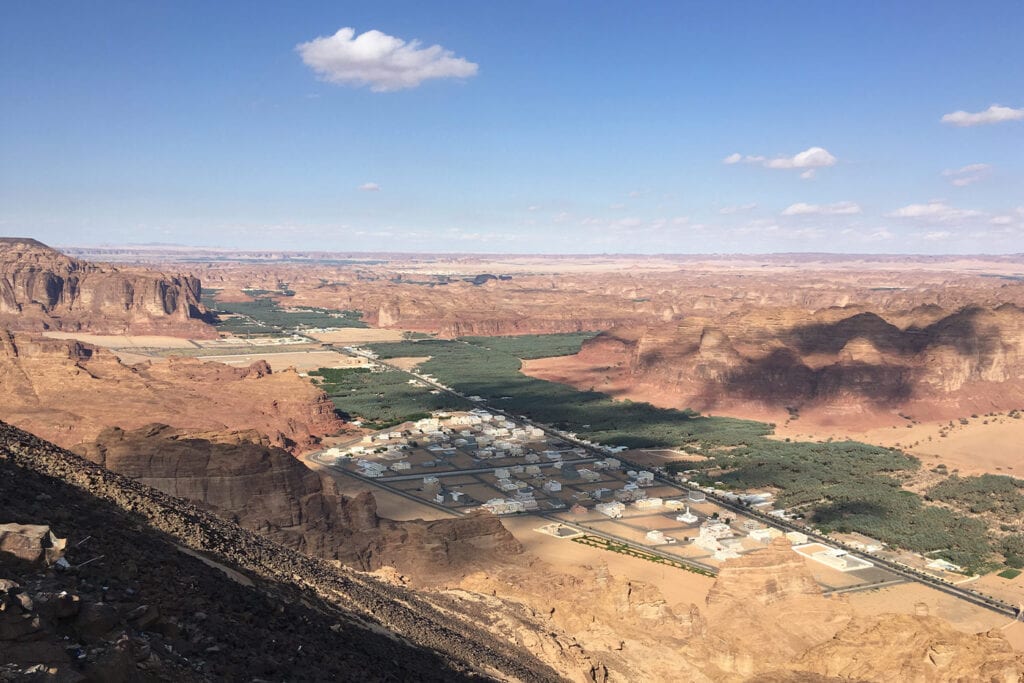
The principles of the circular economy are critical to ensuring we preserve resources for future generations in AlUla. Development of the water strategy considered options such as:
- Stopping all further non-critical groundwater abstraction
- Harvesting rainwater for groundwater recharge
- Adopting agriculture that reduces demands for water without compromising commercial output
- Maximising use for recycled water.
We have combined infrastructure construction with improvements to established agricultural practices to support sustainable development. This will facilitate continued residential growth in a way that is harmonious with building a tourist economy, without increasing demand on the major aquifer. This multi-tiered strategy aims to close the regional water loop, without increasing pressure on an already highly stressed aquifer.
Working in KSA has given us experience of managing water resources in the toughest of environments, creating transformational projects on a district and regional scale. The opportunities to transform practices on such a scale are much less common in the UK; however, the principles – and the value of adopting these principles – are valid in all environments across the globe.
Although the challenges that face us all on World Water Day are great, they are not insurmountable. Our understanding of the water cycle and the availability of new technologies provide us with opportunities that society has never been able to access before. If we can combine these with collective, collaborative intent, we will be well on the way to preserving our precious freshwater supplies.
If we can close the cycle on our water bottles, there is no reason why we cannot do the same for our water supply.


